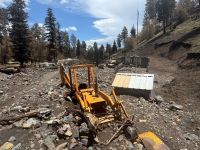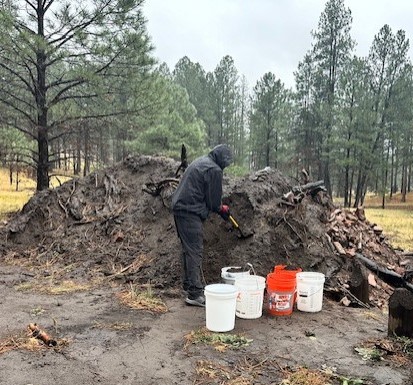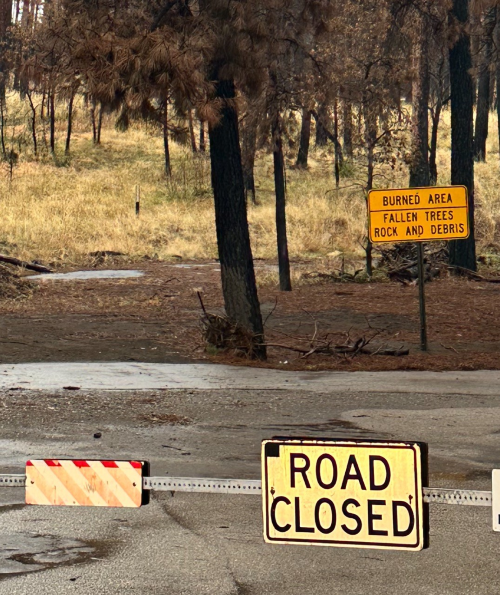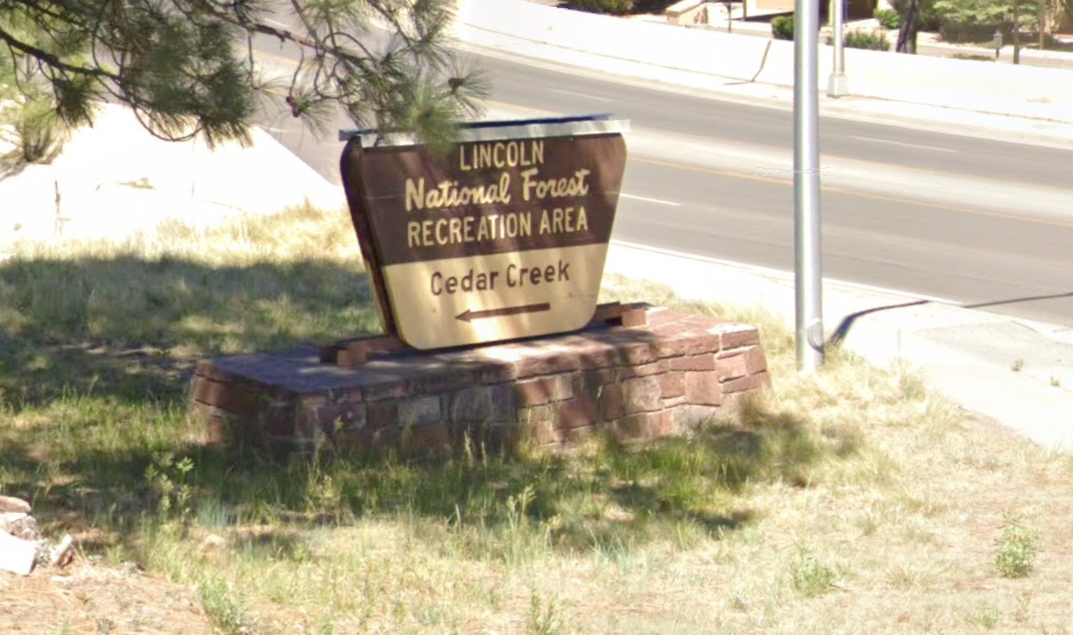Task 1 FAQs
2025 Tasks

Q: May we have an oven to dry out our filter so we can measure TSS?
A: You will not be measuring TSS. You only need to submit your water sample. We will measure TSS and TDS for each team.
Q: Would your team like to receive a sample of post-wildfire flood waters?
A: Email us to request it.
Q: When will we receive the promised post-wildfire sediments? (Updated 11/7/24)
A: The first samples we collected were reported as "nothing special" (no indicators of wildfire sediments). We suspected that would be the case which is why we collected additional sediments from a bull-dozed area on Oct. 19. We are still waiting for lab analyses of those.
Q: Are we required to address the Ruidoso area in our designs? (Posted 10/10/24)
A: No. Please select an area in which your team wants to make a difference. The only reason we are providing Ruidoso sediments is because they are real post-wildfire sediments that we can access. If your team wishes to source sediments from elsewhere, please feel free to do so.
Q: Can you tell us more about the sediments collected from Ruidoso? (Posted 9/16/24)
A: Your team is not required to propose a design that includes the Ruidoso area. These sediments are provided as an example of real-world post-wildfire sediments. The soil content will likely differ from your team's selected site.
See below for photos of the sediment collection area. Sediments were collected on 09/14/2024 one mile up the road from the US Forestry Service Office (901 Mecham Dr. in Ruidoso) in the picnic area. This is part of the Lincoln National Forest Recreation Area, Cedar Creek, Ruidoso. Forest Rangers informed us that the sediments contain burn-scar washdown, along with a variety of other constituents—the flooding was very severe in that area and washed down a variety of materials.
A: The task problem statement says that we will ship you about 2 gallons (in two 1-gallon Ziplock bags). This is under the assumption that you will use your own surrogates for preliminary testing (after you evaluate the real samples), and then you can use the shipped samples during your final stages of testing. If you need more than two 1-gallon bags of sediments, please email werc@nmsu.edu
The way to succeed is to double your failure rate.
Thomas J. Watson
Ruidoso Photos

Pile of debris remaining from Ruidoso fires & flooding, Cedar Creek Recreational Area, Ruidoso. Sediments for the contest were retrieved from this pile.

Signs within Cedar Creek Recreational Area. Road Closed due to Burn-scarred area.
